 An Open Letter to University Presidents
An Open Letter to University Presidents
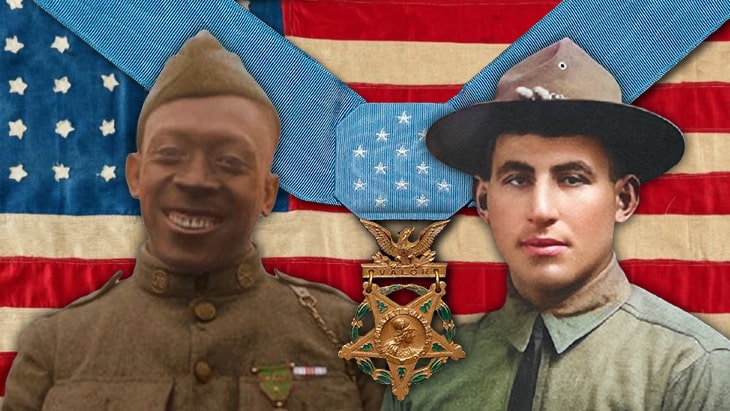

5 min read
And the woman who fought the US government to right this wrong.
On a hot August day in 1918, Sergeant William Shemin was in the trenches in Bazoches, France. He was part of the U.S. 47th Infantry Regiment, 4th Infantry Division that was fighting with the Allies during World War I. The ground smelled sour and terrible, and in his trench he saw gigantic rats, outbreaks of lice, and many dead bodies. Some of the soldiers developed a painful condition that damages the feet called “trench foot” which can happen from standing in cold water or mud for an extended period of time.
Stepping out of the trench into no-man’s land was even worse. Troops had to survive a hail of bullets flying everywhere, the barbs of twisted wire on the ground, and the poison of deadly mustard gas.
The American soldiers in the trenches needed to locate a German machine gun nest. Two soldiers volunteered, but they were killed. Other soldiers went out under fire and were wounded on the battlefield. William (Bill) Shemin had to make an impossible choice. Was he brave enough to risk near-certain death if he tried to rescue a fellow soldier?
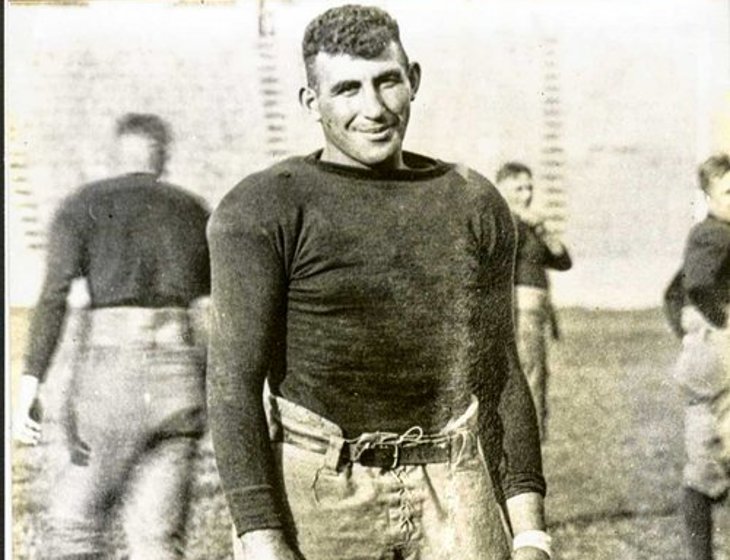 William Shemin playing football
William Shemin playing football
Without wasting a moment, Bill jumped from the safety of the trench and dashed towards the injured soldier. When he got close, he realized this was his best friend from Newark, NJ, Jim Pritchard, who was 6 feet tall and weighed 200 pounds. On this sunny day in the open field with no cover, Bill was able to dodge the bullets and barbed wire. An athlete all his young life, Bill was able to hoist his friend over his shoulder and carry him back to safety, running across the football field and half-length of no-man’s land, dodging German enemy fire the entire way.
After this rescue, Bill did something even more incredible. He went back into no-man’s land again, braving machine gun, small arms fire, and aerial bombardment. Bill Shemin rescued not one, not two, but three soldiers that day. Then when all of Bill’s senior officers were killed or suffered casualties, Bill reorganized and, although only a Sergeant, took command of the whole platoon, leading the survivors to safety.
During this same time period, there was another American hero on a battlefield in France, not far from Bill Shemin. He was a soldier named Henry Johnson. He was part of the all-Black 369th Infantry Regiment, the Harlem Hellfighters. Henry’s battalion was also tucked in a trench, facing a German raiding party of at least 12 soldiers. Henry and another soldier named Needham Roberts, stood sentry along no-man’s land.
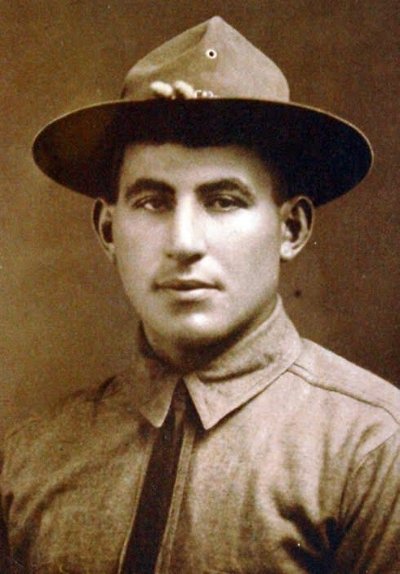 Sgt. William Shemen
Sgt. William Shemen
The German raiding party started to fire bullets. Henry fired back and then both men threw grenades and both of them were hit. Needham lost consciousness and two German soldiers captured him and were carrying him away. Henry refused to let this happen. When his rifle got jammed trying to put in a magazine, Henry swung the rifle at one enemy attacker, knocking him down. Then he grabbed the only weapon he had left - his Bolo knife - and took down the other German soldier. In just a few minutes of fighting, these two Americans had defeated the entire raiding party, and Henry had saved a fellow solider.
What do William Shemin and Henry Johnson have in common? How are they linked together by history?
Yes, they were both heroes of the American efforts to help the Allies dislodge the German occupiers of France in World War I during 1918. They both fought bravely against extreme odds, saved their fellow soldiers’ lives, and survived themselves under horrific conditions of a terrible war.
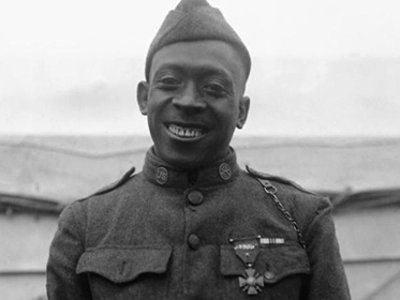 Sgt. Henry Johnson of the 369th Infantry Regiment
Sgt. Henry Johnson of the 369th Infantry Regiment
And both of these soldiers went unrecognized with a Medal of Honor, the nation’s highest military award, in their lifetimes, even though their heroic acts during WW I certainly deserved one. Why? Both men were discriminated against – William Shemin, because he was a Jewish American, and Henry Johnson, because he was African American.
Can a wrong be made right?
Meet the third hero of this story – Elsie Shemin-Roth, William’s daughter. The battlefield isn’t the only way to demonstrate tremendous acts of courage and determination. Elsie waged her own battle to have the U.S. government review the records of WWI soldiers who had been overlooked for the MOH due to discrimination. After 15 years of so much effort and hearing “Sorry, no” to many requests, Elsie was finally triumphant. President Obama approved the Medal of Honor to both William Shemin and Henry Johnson in 2015.
A White House ceremony was convened on June 2, 2015, to present the MOH posthumously to both William Shemin and Henry Johnson. On that occasion, President Barack Obama said:
It has taken a long time for Henry Johnson and William Shemin to receive the recognition they deserve. And there are surely others whose heroism is still unacknowledged and uncelebrated. We have work to do, as a nation, to make sure that all of our heroes’ stories are told. And we’ll keep at it, no matter how long it takes. America is the country we are today because of people like Henry and William -- Americans who signed up to serve, and rose to meet their responsibilities -- and then went beyond. The least we can do is to say: We know who you are. We know what you did for us. We are forever grateful.
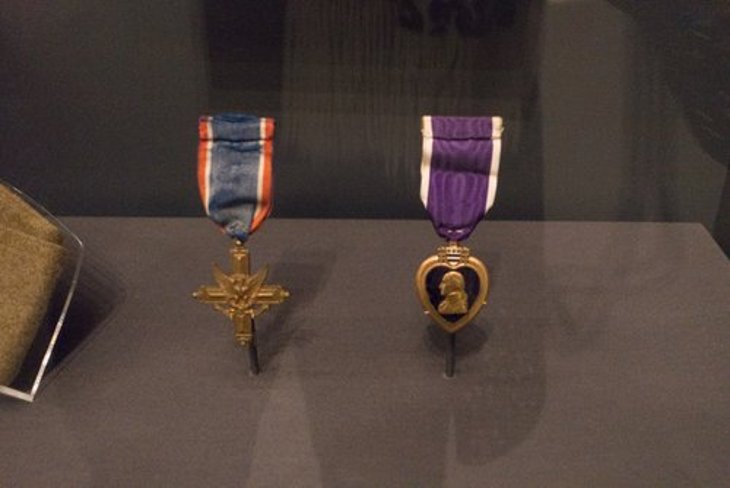 Sgt. Shemin's Distinguished Service Cross and Purple Heart
Sgt. Shemin's Distinguished Service Cross and Purple Heart
Since that bright day in 2015, we have seen both progress and setbacks in America. There is a rising wave of hate crimes and attacks against Jews, African Americans, Asians, Latinos, Native Americans and other minority groups. We hope this story inspires people to continue to fight for justice and equality for all people.
The article is based on the book The Ivy Hero, which can be purchased on Amazon.
To find out more about the book or contact the authors, visit The Ivy Hero website.
